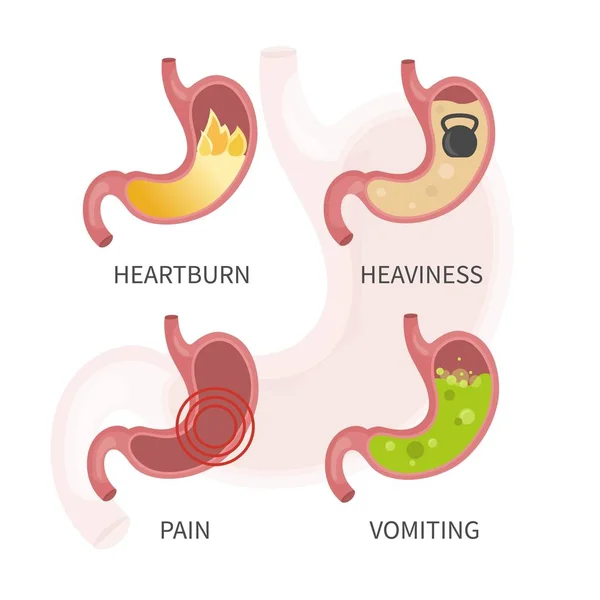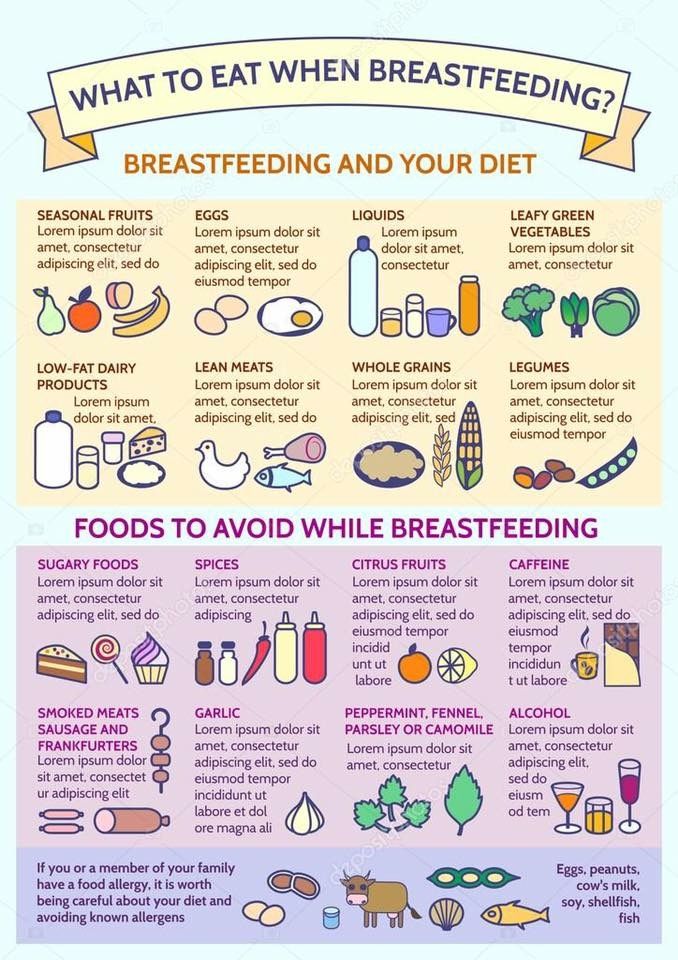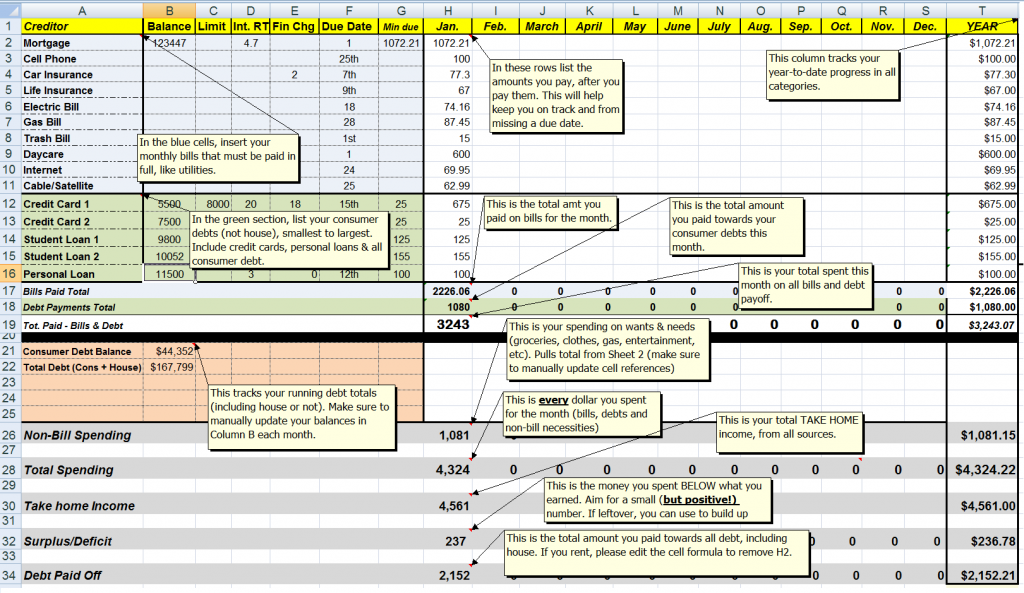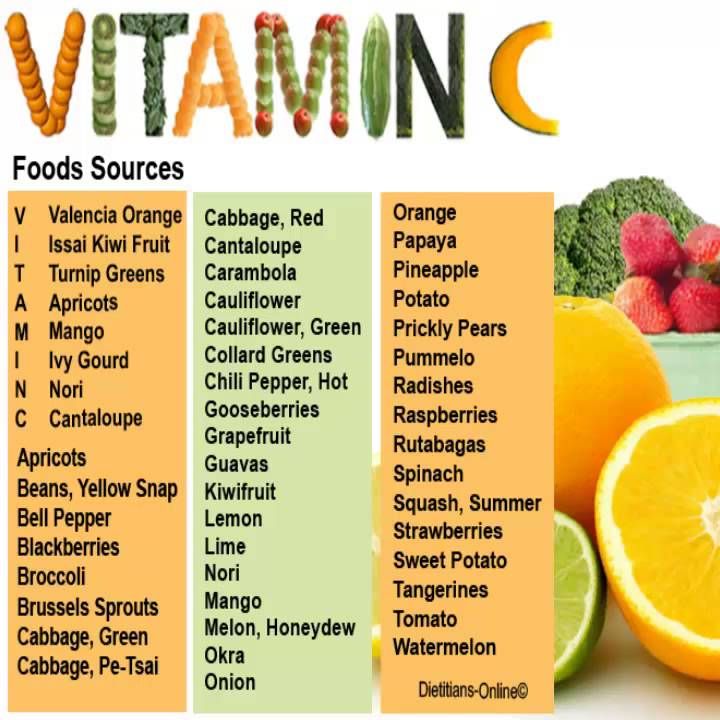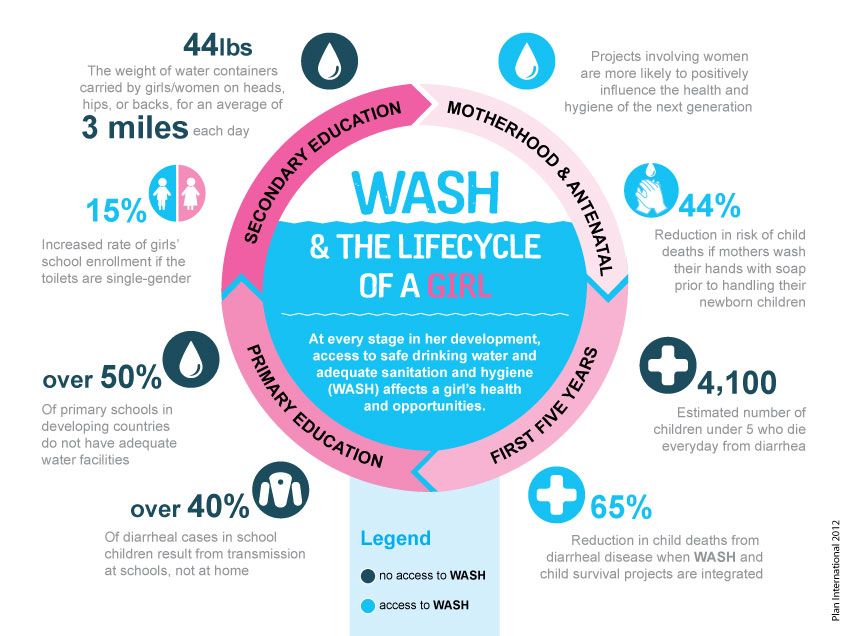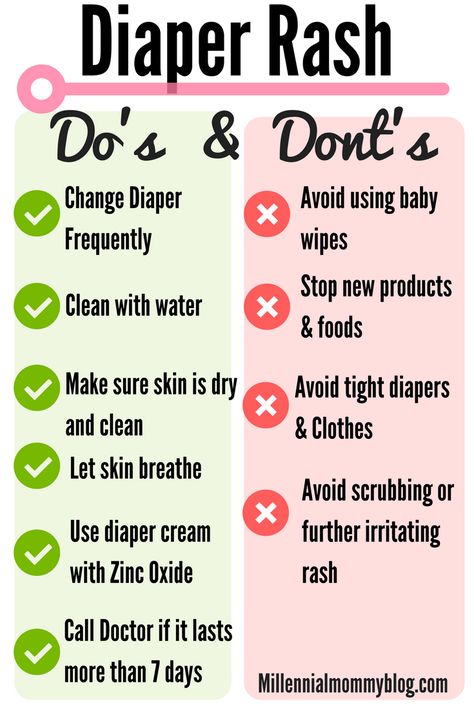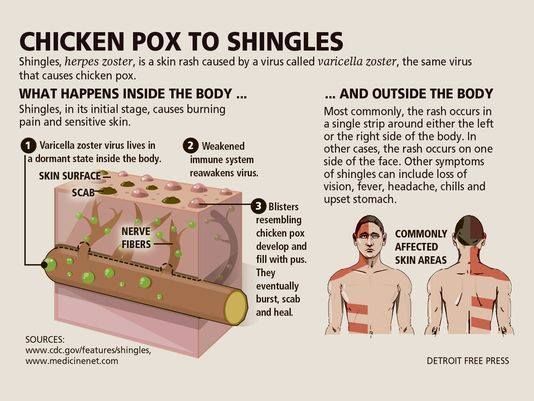Nipple soreness relief
5 Home Remedies for Sore Nipples
Sore nipples are very common, especially if you’re ovulating or breastfeeding. However, just as with most reproductive health issues, many women feel bashful about discussing them openly.
What you need to know, however, is that there is nothing to be embarrassed about. Nipples are highly sensitive areas, and as such, are easily irritated.
5 Home Remedies for Sore Nipples
1. Aloe Vera
Fresh Aloe vera delivers soothing relief and natural healing for sore nipples. Rub some clear gel from the inside of an aloe leaf onto the affected area and allow it to air dry. The cooling relief starts almost immediately.
2. Coconut Oil
Coconut oil is great for soothing your skin. Apply a small amount to nipples in a gentle massage. It can bring relief to sore, cracked or itchy nipples. It’s also a moisturizing agent, so it’s particularly welcoming if you’re breastfeeding.
3. Basil Leaves
Grind up some leaves into a paste, and apply to the nipples, then allow to air dry. Before breastfeeding your little one, remember to wash off the paste.
4. Witch Hazel
Applying witch hazel to your nipples will help reduce inflammation, and eliminate itching.
5. Cold and Warm therapy
Applying ice (wrapped in a towel) for a few minutes will help reduce any swelling in the area, while applying a heat pack promotes healing. Just make sure not to apply heat directly to the skin.
Natural Nipple Soreness Treatment for Nursing Moms
For the nursing mother, just applying a few drops of your own breast milk to the nipple before breastfeeding will provide healing. Breast milk is known to contain antibacterial properties. After breastfeeding, apply more milk to your affected nipple and allow it to air dry.
7 Sore Nipple Symptoms
Every woman is different, so it’s possible that you may not experience every symptom, but you might experience some of the following symptoms:
- Mild soreness
- Breast pain
- Tenderness
- Swelling
- Nipples or breasts feel heavy
- Itchiness
- Discharge from nipples
These issues do not need to send anyone into panic mode, but if you are curious about more information or are starting to worry, please contact a medical professional.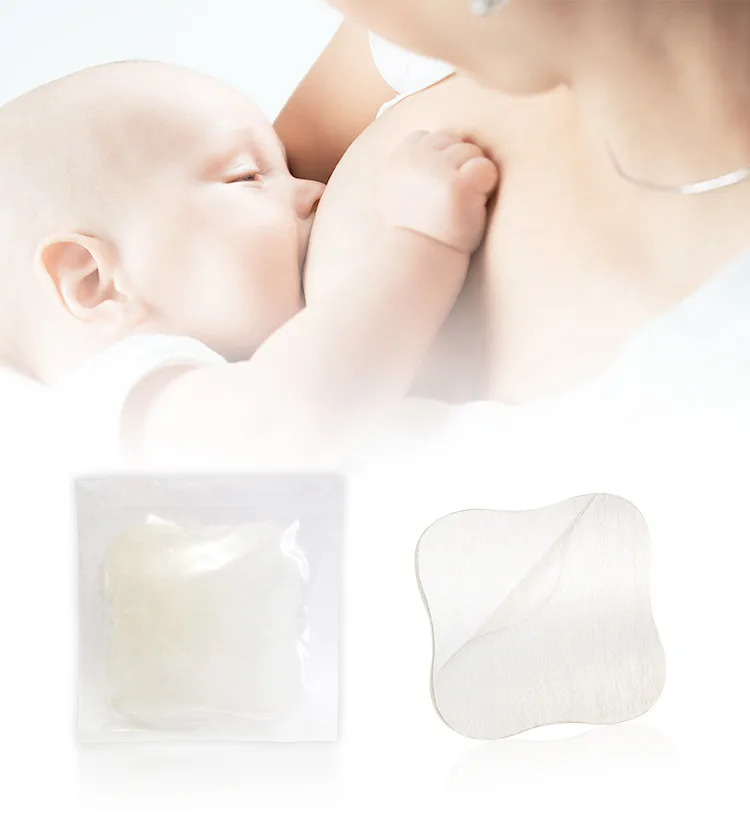
10 Causes of Sore Nipples
There are many reasons for experiencing sore nipples. Some of the most common reasons include the following:
1. Ovulation. When you’re ovulating, the levels of estrogen and progesterone in your body fluctuate: Estrogen causes breasts to enlarge, while progesterone causes milk ducts to engorge. This causes the nipples to become very tender and sore. It usually occurs about a week to ten days before your period.
2. Menstruation. Just as when you’re ovulating, estrogen levels change, causing reactions while you’re on your period: bloating, mood swings, breast pain, and nipple soreness. Sometimes the breast tissue around the nipple will look lumpy.
3. Pregnancy. Sore nipples during pregnancy are due to a rise in estrogen. This hormone promotes breast growth for the production of milk. In addition, while your body prepares to deliver your baby, you receive additional blood flow to your breasts.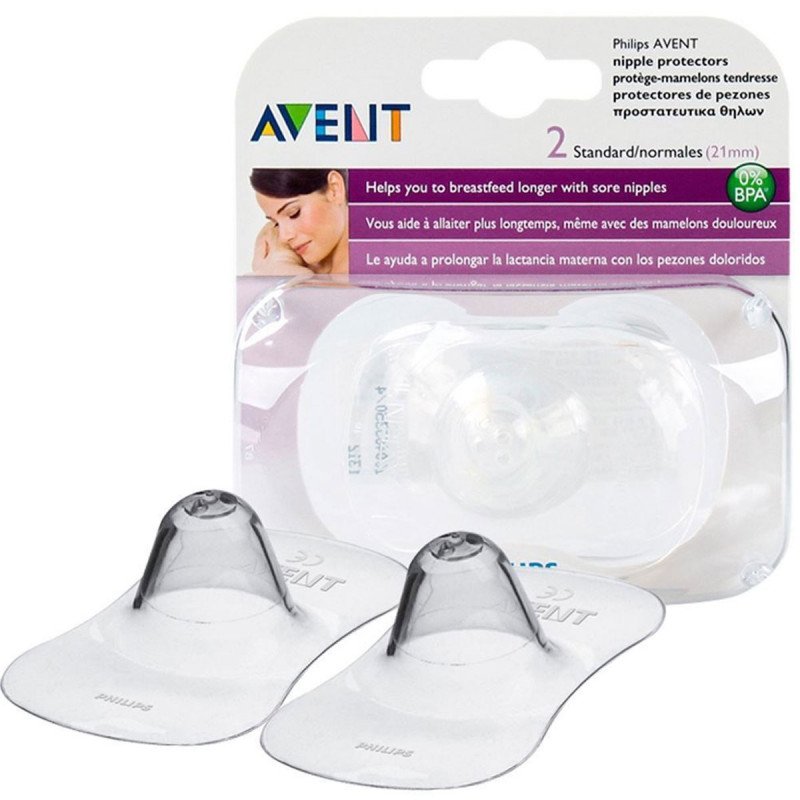 The combination of both factors often results in sore nipples.
The combination of both factors often results in sore nipples.
4. Breastfeeding. Newborns need constant feeding, and the constant latching onto your breasts eventually stretches tissue in the areola. As a result, you may experience tenderness, chafing, pain, and soreness in your nipples.
5. Mastitis. Mastitis is an inflammation of breast tissue. It can be caused by bacteria entering your system through cracked skin. It’s often experienced by women who are lactating. Another common cause is a blocked milk duct, which occurs when a breast isn’t completely emptied during a feeding.
6. Eczema. Certain chemicals found in soaps or laundry detergent can cause irritation to the skin. If irritation occurs in the areolas, the nipples can become itchy and sore.
7. Menopause. The same way an increase in estrogen and progesterone cause nipple soreness during ovulation and menstruation, a decrease in these hormones also results in breast pain and tenderness.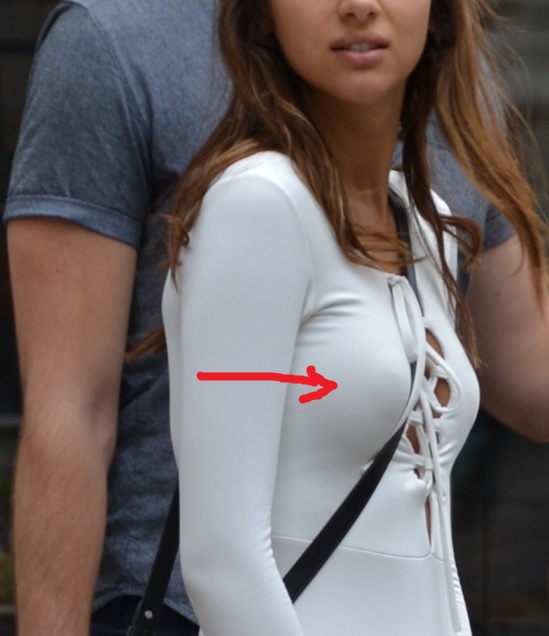 This is especially so during menopause, when the fluctuation is so drastic. In addition to soreness, you may feel a burning or throbbing sensation around the nipples.
This is especially so during menopause, when the fluctuation is so drastic. In addition to soreness, you may feel a burning or throbbing sensation around the nipples.
8. Paget’s Disease of the nipple. This condition occurs when cancer cells collect in the tissue surrounding the nipples. In addition to soreness, the nipple becomes itchy, red, scaly, and irritated. It’s usually diagnosed in women in their 50s or 60s.
9. Yeast infection of the nipples. Yeast infections are skin infections. While it is commonly known to occur in the vagina, it can also happen on nipples. This is common when a woman is breastfeeding, since the baby can pass thrush through their mouth into the nipples. This type of yeast thrives on breast milk.
10. Running long distances. Sometimes, nipple soreness doesn’t have anything to do with your reproductive health. If you’re a new runner, it’s essential to wear a good sports bra that fits well and is specifically designed for high-impact activity. A regular bra can allow your breasts to bounce around while you run, causing friction with the material you’re wearing. You can also apply Body Glide around your sports bra line to avoid chafing and irritation.
A regular bra can allow your breasts to bounce around while you run, causing friction with the material you’re wearing. You can also apply Body Glide around your sports bra line to avoid chafing and irritation.
Call OB-GYN Women’s Centre of Lakewood Ranch Today
Our highly skilled and compassionate doctors offer support with kindness. Sore nipples are a common occurrence. If you would like more information about tender breasts or have general gynecological inquiries, please contact OB-GYN Women’s Centre of Lakewood Ranch today. Let us advise you further.
Comments
comments
Nipple Pain Remedies - American Pregnancy Association
Breastfeeding is a natural process for you and your baby. A healthy full-term baby instinctively knows what to do when presented with your breast. You may experience nipple pain in the early days of breastfeeding. As many as 90% of new moms have some nipple soreness. It is a very common condition that is temporary, usually going away after a few days. Most mothers find nipple soreness peaks on the fifth day of breastfeeding and then resolves.
Most mothers find nipple soreness peaks on the fifth day of breastfeeding and then resolves.
Luckily, there are some strategies to ease the hurt and help your nipples heal quickly! Below we will discuss some reasons for nipple pain and some strategies to overcome it.
Should I Continue Breastfeeding?
It is very important to continue to breastfeed if you are experiencing nipple pain. Try to nurse your baby on the least painful nipple first; she will not suck as hard on the second, more painful nipple. If putting your baby to breast hurts too much, use a breast pump or hand-express to keep your milk supply flowing.
Your breast milk can also help your nipples heal with antibacterial protection. If you have a crack in your nipple or broken skin, squeeze out a few drops and gently rub over your nipple. Let your nipples air dry before covering with your bra or nursing pad.
What Causes Sore Nipples During Breastfeeding?
There may be quite a few causes of sore nipples, including:
-
- Improper or incomplete latch
- Slippage during feeding
- Baby is tongue-tied (restricted or shortened frenulum)
- Having inverted or flat nipples
- Feeding too late (early vs.
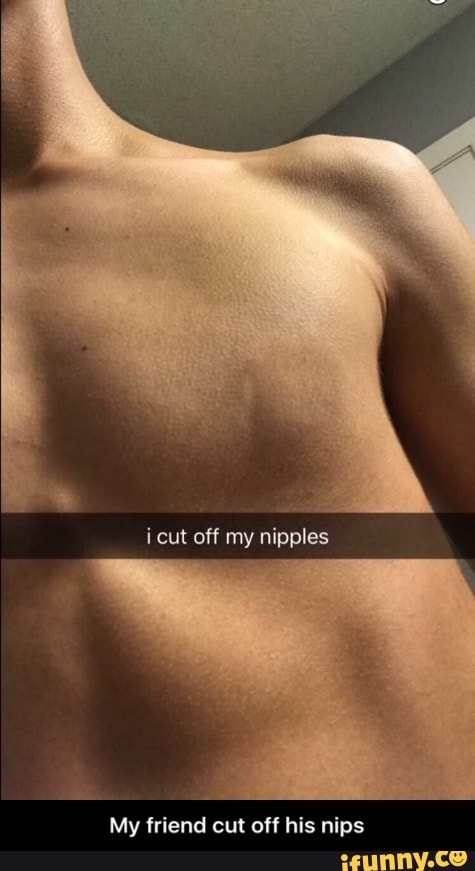 late feeding cues)
late feeding cues)
- Body positioning during breastfeeding
- Stopping a breastfeeding session without first breaking the suction
- Wearing bras that are too tight on the nipples
- Improper or incomplete latch
Nipple Pain Remedies & Preventative Measures
If your nipple pain persists for more than 7 days, goes away and then returns, or your nipples are actively bleeding, see your lactation consultant or healthcare provider for evaluation.
Research shows warm, moist heat is soothing for sore nipples and can help your skin heal faster. To use moist heat, run a clean washcloth or cloth diaper under warm (not hot) water, squeeze out the extra water and place it directly over your nipple. When it cools to room temperature, repeat the process. Many mothers find this method is also helpful in relieving the discomfort of engorgement, which can occur along with nipple soreness.
Another natural avenue to help nipple pain and healing is to hand express a small amount of milk and gently rub or pat it into your nipple.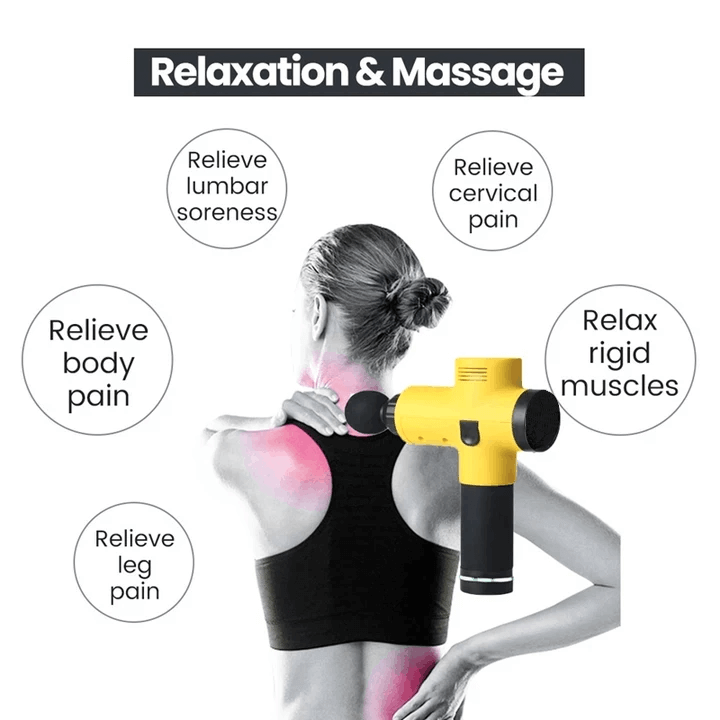 Be sure to let this air dry before putting your nursing bra back on.
Be sure to let this air dry before putting your nursing bra back on.
Reverse pressure softening can be a helpful remedy or preventative measure if there is a great deal of swelling in the breast (there could be excessive swelling from IV fluids during birth or breast engorgement that makes it hard for the baby to reach or latch onto the nipple). Using gentle pressure from one or two fingers around the nipple base can move some of this swelling away from the nipple.
Proper Latching (Preventative)
Nipple pain may come if your baby does not hold a tight or proper latch. If you bring your baby to the breast when he/she is crying and is “desperate” for milk, the baby may not have/take the time to create a proper latch and this can cause problems for mom’s nipples and baby’s drinking.
To prevent this, look for early hunger cues (vs. late cues like crying) such as the baby opening his mouth, sucking on his fingers or hands, and/or moving his head in a side-to-side motion.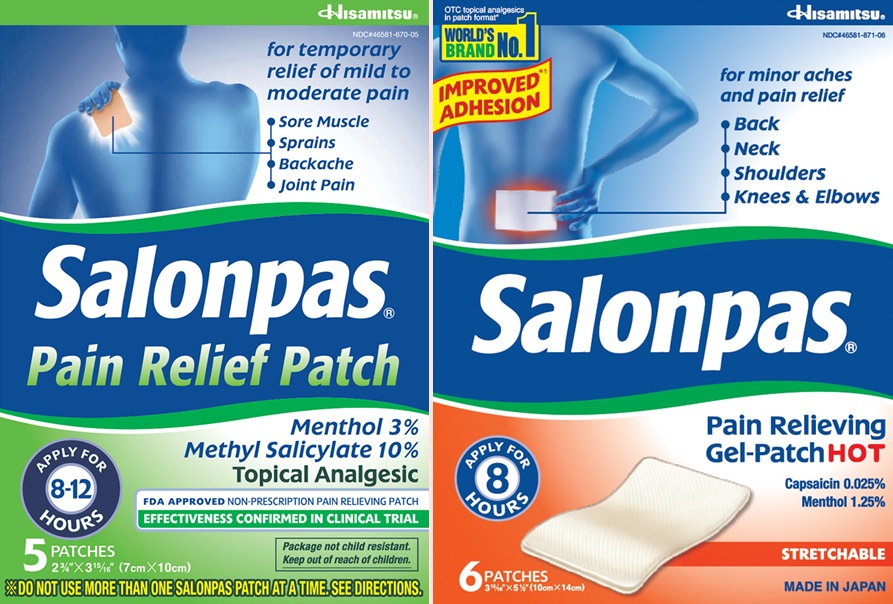
A proper latch starts with the baby’s mouth open wide (like a yawn), with his tongue cupped and forward. If you think your baby has latched incorrectly, don’t be afraid to break the suction gently (placing a finger in the side of baby’s mouth) and reposition.
Body Positioning
Here are the most common breastfeeding positions. If you are experiencing pain, consider trying another position to see if this allows you & your baby to create a better latching environment.
- Laid Back/Lying Down: (bed, couch, chair) Lie down. Position your baby’s front against your front so that your body lengths are parallel, with his cheek resting on one breast. Support the baby’s bottom and/or feet while feeding.
- Cradle: (chair) Lean slightly back, don’t hunch over. Whichever breast you choose to feed on, that forearm will support your baby. Position your baby’s front toward your front and have him rest on your arm, perpendicular to your body length.
- Cross Cradle: (chair) This is very similar to the cradle position, but uses a pillow on your lap to support the baby instead of your arm/forearm, with your hand supporting baby’s head.
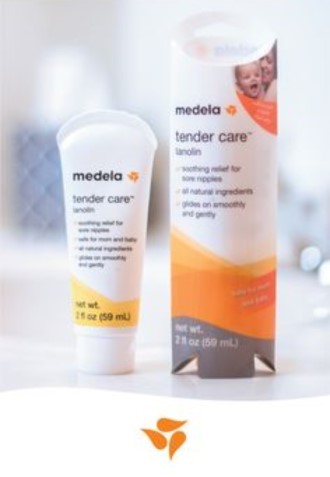
- Football/Clutch: (chair) Also very similar to the cradle position, but for this one, the baby should be under your arm (the same side as the breast you feed on). Pillows should support the baby’s weight.
La Leche League provides more complete information on breastfeeding positions.
Creams and Products
While most creams and ointments don’t make your nipples heal faster, they do create a soothing barrier for your tender nipples. Avoid ointments containing lanolin as they can cause allergic reactions and have a strong smell and flavor which can cause your baby to refuse to breastfeed. Newer ointments are olive oil-based and have little smell or taste to interfere with your baby’s senses.
You may also want to find a nipple cream which includes Self Heal and/or Calendula to help heal in addition to soothe sore nipples.
Hydrogel pads are another product that creates a soothing barrier for sore nipples. These thin sheets of silicone-like material are about the size of your areola and can provide relief from material (nursing pads, bra cup) rubbing against your nipple.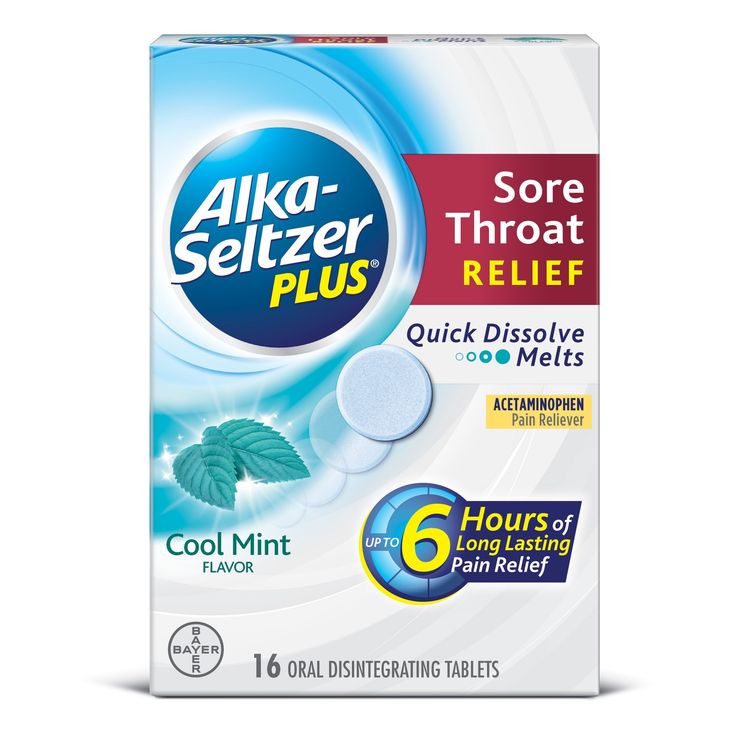
If nipple pain worsens after the early days of breastfeeding your nipple pain may be due to other causes like thrush, bacterial infection, or tongue-tie. Consult your healthcare professional for help.
Compiled using information from the following sources:
1. La Leche League International. Breastfeeding with Sore Nipples.
https://www.llli.org/breastfeeding-info/breastfeeding-sore-nipples/
2. McClennan, HL, et al. (2012).Nipple Pain during Breastfeeding with or without Visible Trauma
Journal of Human Lactation, November 2012; vol. 28, 4: pp. 511-521., first published on June 11, 2012.
3. Cable, B., Stewart, M., Davis, J., (1997) Nipple Wound Care: A New Approach to an Old Problem.
Nursing nipple care | Breast Care
Breastfeeding is good for you and your baby, but it can be a real challenge for the nipples. Check out our tips and tricks to help reduce the pain.
Share this information
Sioned Hilton, health visitor, neonatal nurse and lactation consultant:
A mother of three, Sioned Hilton has been supporting families with newborns and young children for over 30 years.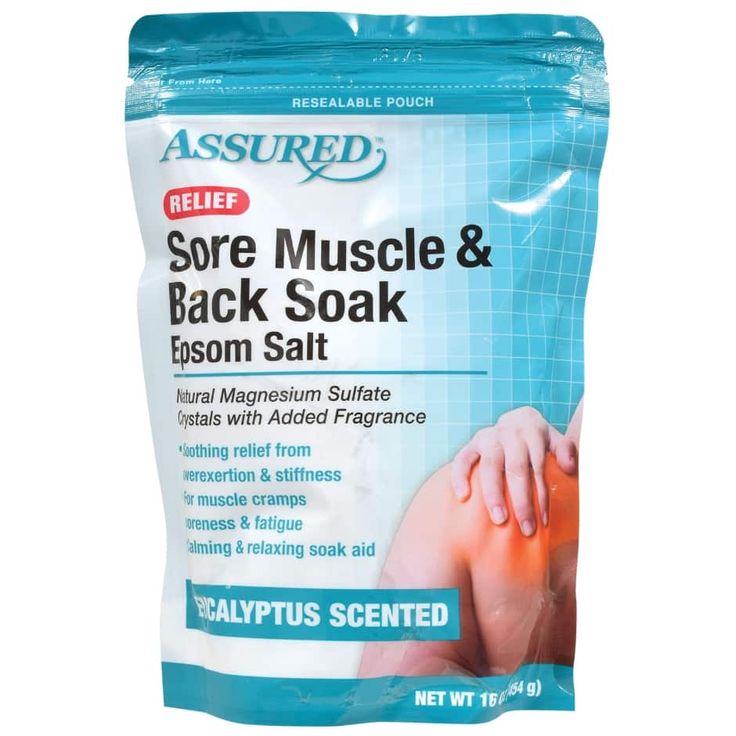 She provides advice on breastfeeding and pumping, both in clinics and at home. In addition, Schoned writes articles for parenting magazines, attends conferences, and conducts seminars for attending physicians. nine0003
She provides advice on breastfeeding and pumping, both in clinics and at home. In addition, Schoned writes articles for parenting magazines, attends conferences, and conducts seminars for attending physicians. nine0003
New mothers often hear: "Breastfeeding doesn't have to be painful." However, in the early days, many are faced with the opposite.
In most women during pregnancy, the nipples enlarge and become more sensitive. When a newborn baby begins to suckle, it creates a certain pressure, and this is a completely new and unfamiliar sensation for a woman (at least for a first-time mother).
Feedings can be prolonged for a long time, sometimes up to an hour, and the child may ask to be breastfed up to 13 times a day. nine0016 1 This sucking, pressure and saliva of the baby can cause sore nipples.
Remember how your lips crack in the wind and sun. The more often you lick them, the more they will dry and become inflamed. Therefore, lips require good hydration to soften, protect and speed up the healing of cracks. The same thing happens with nipples.
The same thing happens with nipples.
However, sore nipples usually don't last more than a couple of weeks and go away as your baby and your breasts get used to breastfeeding. It is important to start nipple care as early as possible to prevent the situation from worsening. Therefore, if your nipples become very inflamed, crack or bleed, contact your doctor as soon as possible. nine0016 2
Prevention is better than cure, so check out our tips.
Check your baby's latch-on
Correct latch is the key to pain-free breastfeeding. When putting the baby to the breast, point the nipple towards his palate. This will allow him to grab the nipple and the part of the areola (the darker skin around the nipple) underneath. When the nipple and part of the breast is in the baby's mouth, feeding is taking place correctly. 3
For the first few days, see a lactation consultant or specialist to check for proper latch. He will be able to give you advice on how to solve problems and recommend other feeding positions that will make it less painful for you to feed your baby. nine0003
nine0003
Check tongue tie
Tongue tie (ankyloglossia) occurs in 4-11% of
newborns. 4 At the same time, the strip of skin that attaches the tongue to the bottom of the mouth - the so-called frenulum - is too short. A child with a shortened frenulum will not be able to open his mouth wide enough to latch onto the breast well, and his tongue will not cover the lower gum when sucking. As a result, the baby will be nervous, and your nipples may become inflamed.
The doctor or lactation consultant must examine the baby to make this diagnosis. The problem of a shortened bridle is solved by a simple undercutting procedure. It is performed by a doctor, and is usually done without blood and does not require anesthesia. Cutting the bridle allows you to restore the normal feeding mechanism almost instantly. nine0016 5
Less common in children is a short frenulum of the upper lip. In this case, it is necessary to dissect the skin that connects the upper lip to the gum.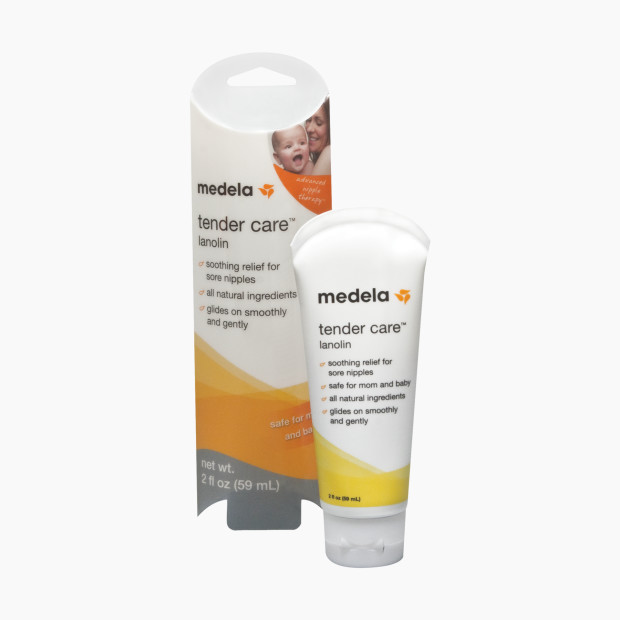 A shortened frenum of the tongue or upper lip in a newborn is not always detected during the examination conducted immediately after birth, so if you think that this is what is causing your nipples pain, seek medical advice as soon as possible. 4
A shortened frenum of the tongue or upper lip in a newborn is not always detected during the examination conducted immediately after birth, so if you think that this is what is causing your nipples pain, seek medical advice as soon as possible. 4
Breastfeeding Tips
- Wash your breasts with water only when you shower or bathe. Small bumps on the areola (Montgomery's glands) secrete oil that moisturizes and protects your nipples. Soaps and shower gels can strip away this natural defense, causing dryness and irritation. 6
- Pat the nipples gently with a soft towel or simply let them air dry. In the past, women were often advised to rub their nipples to make them stiffer, but thankfully, such advice is a thing of the past! nine0056
- Do not wash breasts or nipples before feeding. The bacteria found on the surface of the breast actually help the baby's intestinal microflora to develop. 7
- Fresh breast milk helps to heal cracked nipples, 8 so rub a few drops of milk into them before and after feeding.
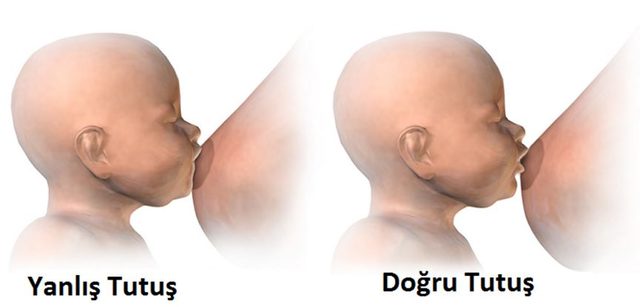
- Change your bra pads often if they get wet. This will reduce the risk of bacterial and fungal infections, including thrush. nine0016 6
- It is not necessary to increase the intervals between feedings to give the nipples a "rest". For a baby to be healthy and grow well, it needs to be fed on demand. Remember, frequent feeding stimulates and maintains milk production, so keep feeding despite the pain. 9
Healthy teat care products
- Pure lanolin teat cleaner, a natural product derived from sheep's wool. It moisturizes and promotes healing of the nipples. This cream is safe for the baby, so it does not need to be washed off before feeding. nine0056
- Hydrogel Pads* can be applied to sore nipples to relieve pain while feeding and help promote healing. They can even be stored in the refrigerator to enhance the soothing cooling effect.
- Breast pads* fit into the bra. They help prevent nipple irritation from clothing and have air holes to help nipples heal.
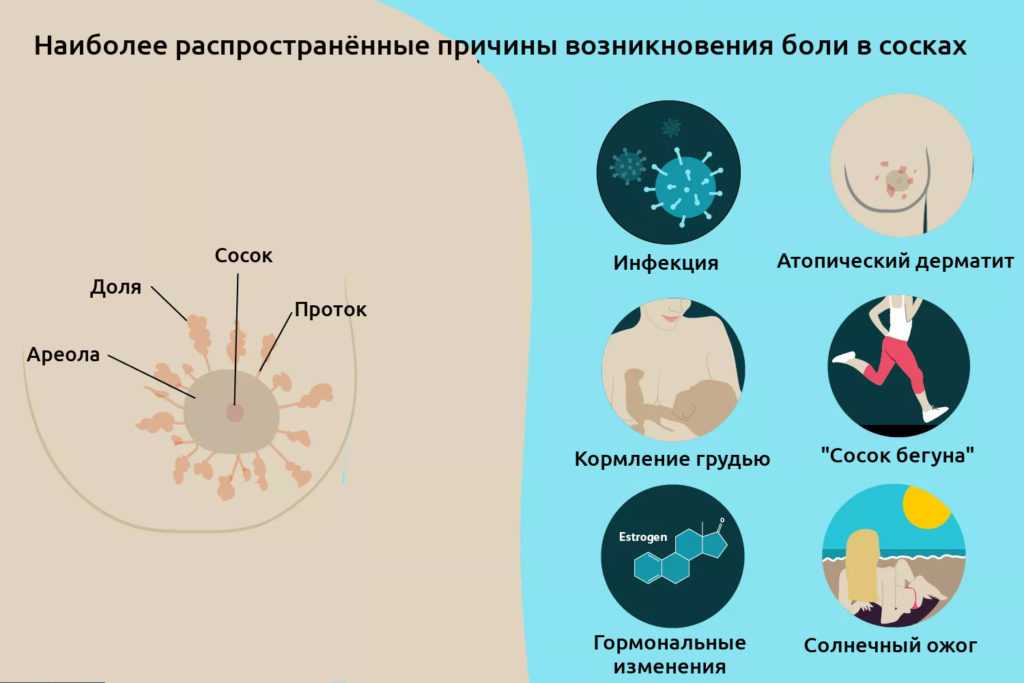
- Nursing Bras** are made from breathable material such as cotton or a special fabric that dries quickly and wicks moisture away from sore nipples. nine0056
- Nursing pads* are special silicone pads that fit over the nipples. They have small holes through which milk flows when you are breastfeeding. The pads help to protect the skin underneath and help the baby to better latch on to the nipple by making the nipple stiffer. Do not use nursing pads for a long time. If you have problems or pain, contact your healthcare professional or lactation consultant. nine0056
When to Seek Medical Care
The soreness should go away as your nipples and baby get used to breastfeeding. It is worth repeating that the main cause of sore nipples is improper grip. If your lactation consultant has not been able to resolve your pain while feeding, see another specialist and a third if necessary.
If nipple pain persists or if you notice unusual symptoms, talk to your doctor. The appearance of white spots or flakes on the nipples may be a sign of thrush, whitish or bluish nipples may indicate a circulation disorder such as Raynaud's disease (vasospasm), and pus and redness indicate an infection. nine0016 2
The appearance of white spots or flakes on the nipples may be a sign of thrush, whitish or bluish nipples may indicate a circulation disorder such as Raynaud's disease (vasospasm), and pus and redness indicate an infection. nine0016 2
Literature
1 Kent JC et al. Volume and frequency of breastfeedings and fat content of breast milk throughout the day. Pediatrics. 2006;117(3): e 387-395. - Kent J.S. et al., "Amount and frequency of breastfeeding and fat content of breast milk during the day." Pediatrix (Pediatrics). 2006;117(3):e387-95.
2 Berens P et al. Academy of Breastfeeding Medicine. ABM Clinical Protocol#26: Persistent pain with breastfeeding. Breastfeeding Medicine. 2016;11(2):46-53. - Behrens, P. et al., Academy of Breastfeeding Medicine, AVM Clinical Protocol #26: Persistence of Breastfeeding Pain. Brestfeed Med (Breastfeeding Medicine). 2016;11(2):46-53.
3 Cadwell K. Latching - On and Suckling of the Healthy Term Neonate: Breastfeeding Assessment. J Midwifery & Women's Health. nine0102 2007;52(6):638-42. — Cadwell, K., "Latching and sucking in healthy newborns: evaluation of breastfeeding." F Midwifery Women Health. 2007;52(6):638-642.
4 Segal LM et al. Prevalence, diagnosis, and treatment of ankyloglossia: methodological review. Canadian Family Physician. 2007;53(6):1027-1033. - Segal L.M. et al., Incidence, Diagnosis, and Treatment of Ankyloglossia: A Methodological Review. Canadian Family Physic. 2007;53(6):1027-1033. nine0102
5 O'Shea JE et al. Frenotomy for tongue - tie in newborn infants. The Cochrane Library. 2017. - O'Shea J.I. et al., "Dissection of the frenulum in the newborn", The Cochrane Labrery (Cochrane Library), 2017.
6 Jacobs A et al.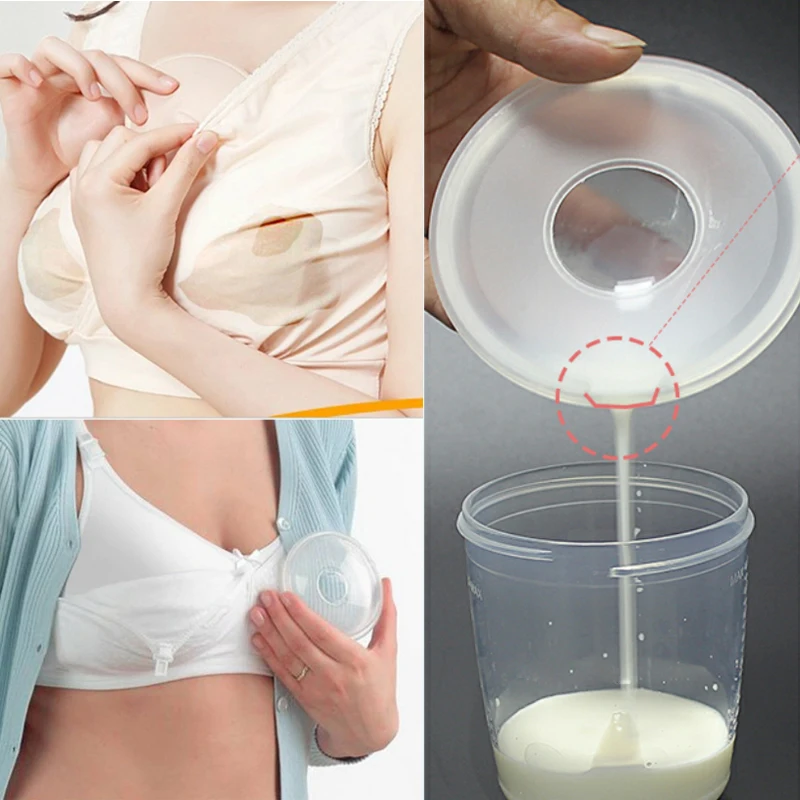 S3-guidelines for the treatment of inflammatory breast disease during the lactation period. Geburtshilfe und Frauenheilkunde. 2013;73(12):1202-1208. - Jacobs A. et al., "Recommendations S -3 for the treatment of inflammatory diseases of the breast during breastfeeding. Geburtskhilfe und Frauenheilkünde. milk bacterial communities and establishment and development of the infant gut microbiome JAMA pediatrics 2017;171(7):647-654 - P. S. Pannaraj et al. development of the neonatal gut microbiome." JAMA pediatric. 2017;171(7):647-654.
S3-guidelines for the treatment of inflammatory breast disease during the lactation period. Geburtshilfe und Frauenheilkunde. 2013;73(12):1202-1208. - Jacobs A. et al., "Recommendations S -3 for the treatment of inflammatory diseases of the breast during breastfeeding. Geburtskhilfe und Frauenheilkünde. milk bacterial communities and establishment and development of the infant gut microbiome JAMA pediatrics 2017;171(7):647-654 - P. S. Pannaraj et al. development of the neonatal gut microbiome." JAMA pediatric. 2017;171(7):647-654.
8 Mohammadzadeh A et al. The effect of breast milk and lanolin on sore nipples. Saudi medical journal. 2005;26(8):1231-1234. — Mohammedzade A. et al., "Effects of breast milk and lanolin on sore nipples." Saudi Medical Journal. 2005;26(8):1231-1234.
9 Kent JC et al. Principles for maintaining or increasing breast milk production.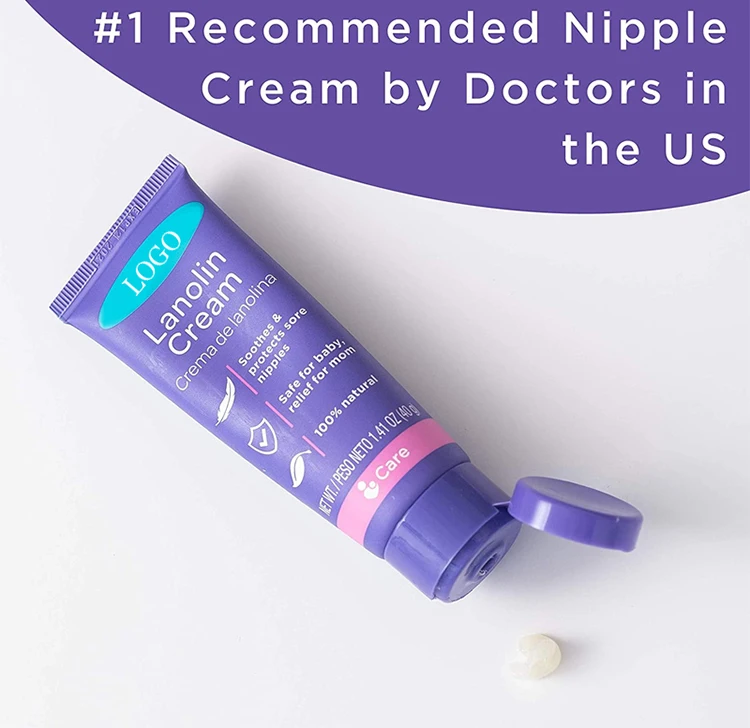 J Obstet , Gynecol , & Neonatal Nurs . 2012;41(1):114-121. - Kent J.S. et al., "Principles for Maintaining and Increasing Milk Production". J Obstet Ginecol Neoneutal Nurs. 2012;41(1):114-121.
J Obstet , Gynecol , & Neonatal Nurs . 2012;41(1):114-121. - Kent J.S. et al., "Principles for Maintaining and Increasing Milk Production". J Obstet Ginecol Neoneutal Nurs. 2012;41(1):114-121.
Read instructions before use. Consult with a specialist about possible contraindications.
* RC № № ФСЗ 2010/07352 dated 19.07.2010
** RC No. FZZ 2009/05592 dated 11.25.2009
Teat cracks | Medela
Amir, L.H. ABM Clinical Protocol #4: Mastitis, Revised March 2014. Breastfeed Med 9, 239–243 (2014). - Amir L.Kh., "AVM Clinical Protocol #4: Mastitis", revised March 2014 Brestfeed Med 9 (Breastfeeding Medicine) 239–243 (2014).
Jacobs, A. et al. S3-Guidelines for the Treatment of Inflammatory Breast Disease during the Lactation Period: AWMF Guidelines, Registry No. 2 Leitlinjen- Registration number 015/071 (Kurzfassung). 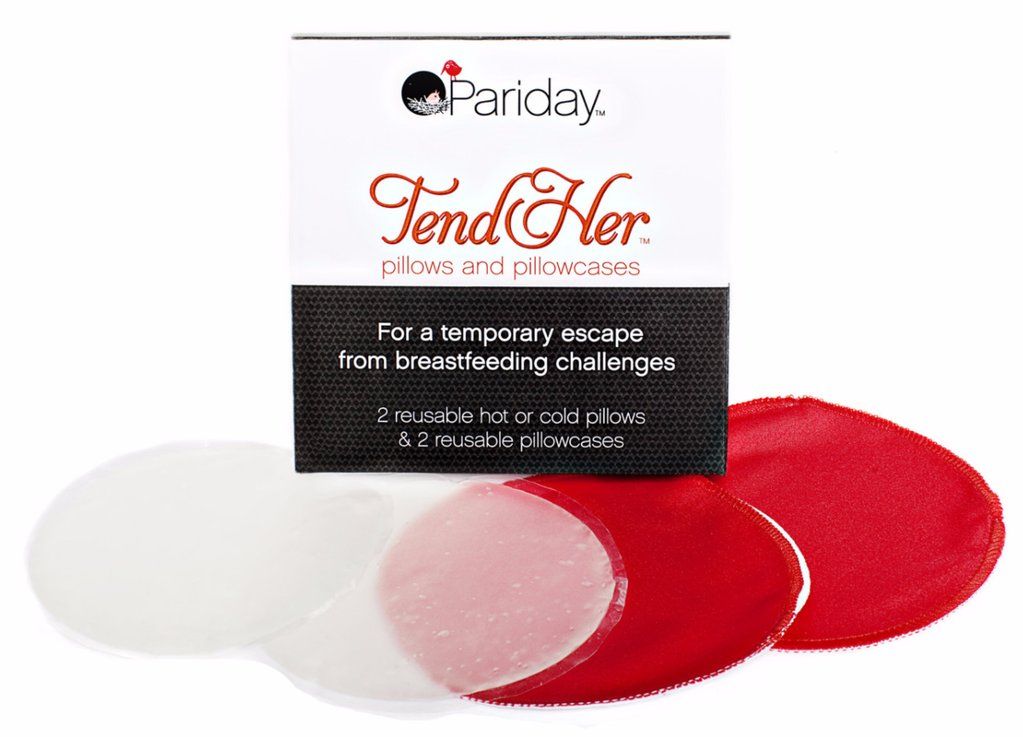 015/071 (short version) AWMF Leitlinien-Register Nr. 015/071 (Kurzfassung). Geburtshilfe Frauenheilkd . 73, 1202–1208 (2013). - Jacobs, A. et al., "Guideline S -3 for the management of inflammatory breast disease during breastfeeding: AWMF Guideline , registration number 015/071 (abbreviated version)"
015/071 (short version) AWMF Leitlinien-Register Nr. 015/071 (Kurzfassung). Geburtshilfe Frauenheilkd . 73, 1202–1208 (2013). - Jacobs, A. et al., "Guideline S -3 for the management of inflammatory breast disease during breastfeeding: AWMF Guideline , registration number 015/071 (abbreviated version)"
American Academy of Pediatrics and The American College of Obstetricians and Gynecologists. Breastfeeding handbook for physicians 2006). - American Academy of Pediatrics and American College of Obstetrics and Gynecology. "Medical Guide to Breastfeeding", 2006.
Lawrence , R . A . & nine0102 Lawrence , R . M . Breastfeeding : a guide for the medical profession ( Elsevier Mosby , Maryland Heights , MO , 2011). - Lawrence R.A., Lawrence R.M., "Breastfeeding: A guide for healthcare professionals." (Publisher Maryland Heights , Missouri, USA: Elsevier Mosby; 2011.)
M . Breastfeeding : a guide for the medical profession ( Elsevier Mosby , Maryland Heights , MO , 2011). - Lawrence R.A., Lawrence R.M., "Breastfeeding: A guide for healthcare professionals." (Publisher Maryland Heights , Missouri, USA: Elsevier Mosby; 2011.)
McClellan, H.L. et al. Infants of mothers with persistent nipple pain exert strong sucking vacuums. Paediatica 97, 1205–1209 (2008). — McClellan H.L. et al., "Babies of mothers suffering from persistent nipple pain create extremely high sucking vacuums." nine0102 Pediatrics 97, 1205–1209 (2008).
McClellan, H.L. et al. Breastfeeding frequency, milk volume, and duration in mother-infant dyads with persistent nipple pain.
